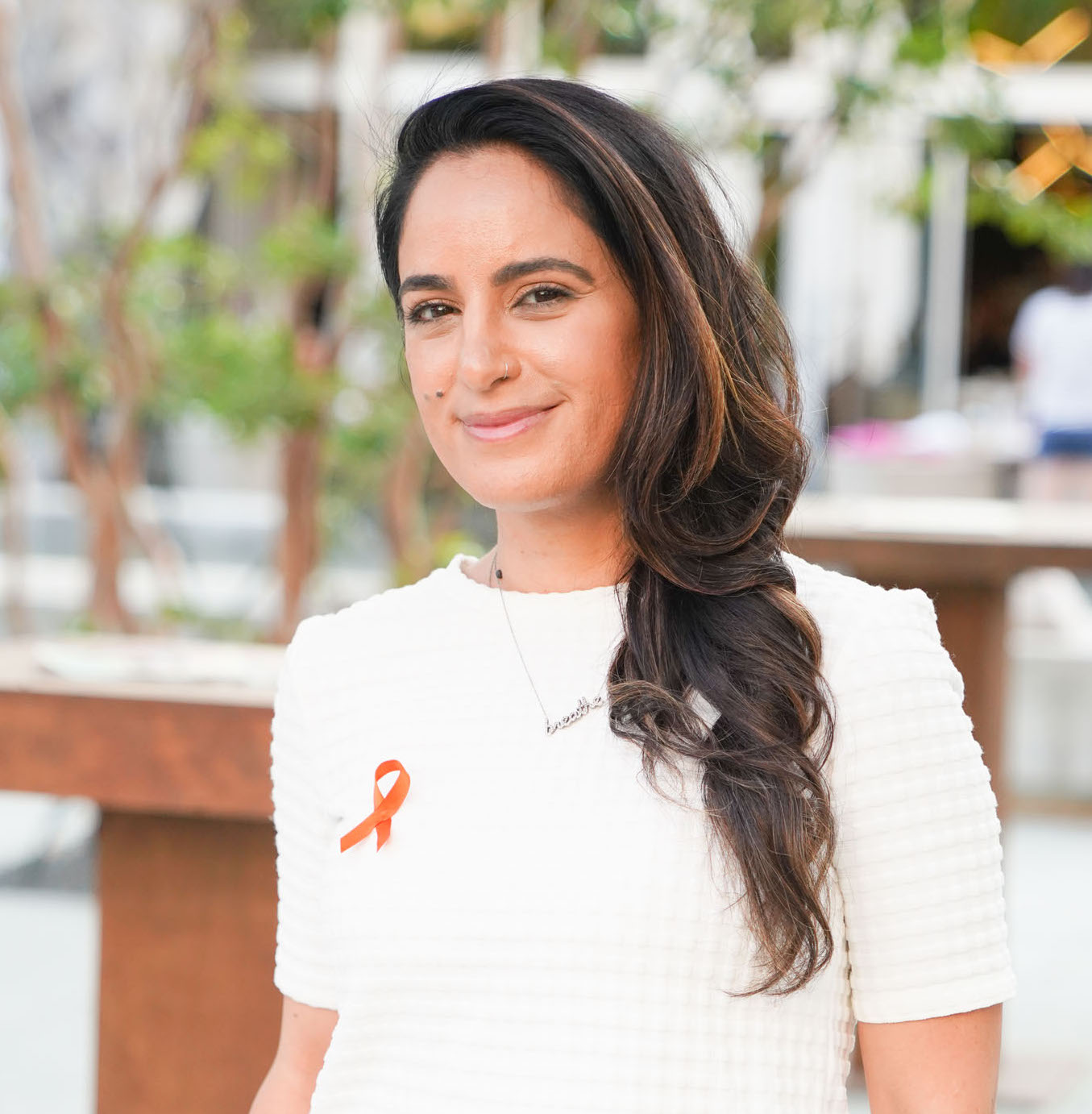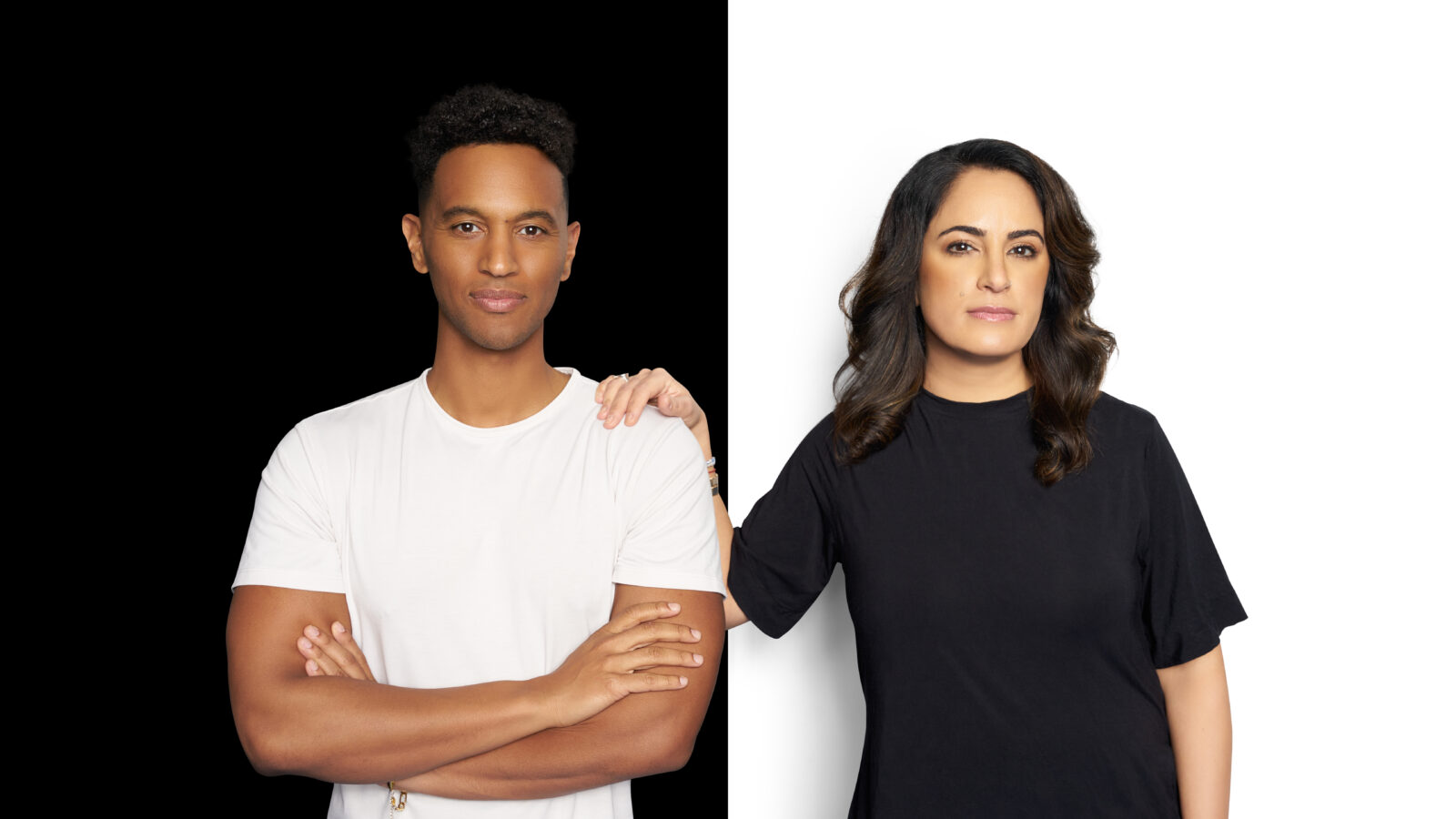It dawned upon us several years ago that almost every piece of work or literature that we’ve read on racism has one assumption in common: it cannot end. Or, at best, that it will be a “lifelong fight” we may contribute toward advancing in our lifetimes but that we are destined to hand down to the next generation, and they will hand the remainder off to the next generation, and the next, and so on; that every generation will struggle until the end of time in the fight against racism.
We understand that this is, indeed, the struggle of a lifetime, but we also believe that it is possible for us—collectively—to end racism in a lifetime. As we invite you to anchor into this vision of the future with us, we are not minimizing the centuries of incredible work done by civil rights leaders from Dr. Martin Luther King Jr. to John Lewis, Rosa Parks, Harriet Tubman, and more, nor are we ignoring the countless known and unknown individuals who suffered and sacrificed for us to arrive at this moment. Without them we would never have the opportunity to even consider the possibility of ending racism. We believe, in many ways, that together we can all build upon their work as we try to advance the torch toward a defined finish line. The current work toward equity, inclusion, and diversity has a real impact— it’s improving and saving lives. So is the current work and research on racism and the tireless work that has been done by our ancestors for generations. It’s creating systemic change and it’s bringing us together, and we understand that these things matter—tremendously.
But through our research we have noticed that much of this work continues to be created from a place that automatically assumes that racism is unlikely to ever end, and we believe that if that’s our starting point, then we’re missing a big opportunity here—one that this generation is specifically prepared for. We want you to imagine what our work to create a better world would look like if it came together with a different context: What if our work to end racism was not approached as “a lifelong fight” but instead with a common united goal to end racism in this generation?
In order to lean into this vision, we need to shift our thinking by understanding the fundamental difference between creating from our limitations of the past and present and creating from the possibilities of the future. You can spend your entire life looking at the past. You can learn every aspect of why the past unfolded the way it did yet still not have this understanding make any tangible difference toward the future. And we’re seeing in the world today, history repeats itself in many forms. That’s because going to the past can be helpful, certainly—and we do not ignore the harm of the past or the lessons that can be learned from it—but what we can definitively share with you after working with thousands of people from all over the world is that creating from the future is where the kind of transformation required to end racism occurs.
Let us be clear: this book will not ignore or deny the past, but we must look to the past only so that we can learn and free ourselves from it, to start creating from the future. We simply can’t create a new future if we’re constantly looking backward. Creating from our limitations looks like this: we stand in the middle of the problem while throwing our hands up and asking, “How did we get here?” or “With everything going on in the world, what can we even do as individuals to make things better?” Sound familiar? Creating from the future beckons us to ask bigger questions. Creating from the future requires that we ask: “If I am standing in the future looking back at this present moment—the now—what did I do today to produce the outcome that I’m standing in?”
Problem Solving, Creating the Future
With problem-solving, we are standing in the limitations of our circumstances and asking, “What should I do?” With creating from the future, we look back from the perspective of the future fulfilled and ask, “What did I do?” If this vision were to come true, we’re asking, “What would I have been required to do now to make it happen?” Problem-solving begins with limitations because it begins with the circumstances of our present state and then tries to improve upon them or make them better. Creating from the future goes beyond those circumstances to create new possibilities altogether. Although this may seem like a subtle shift, it makes a profound difference in the outcome.
Creating from the future leads to different solutions because instead of asking “What’s possible?” it asks us “What needs to happen and who do we need to become to make what seems impossible, possible?” As author Jim Selman, who played a big role in inspiring us to write this book, so perfectly shared with us, “The future is nothing but a possibility in the present.” Ending racism is a real possibility. To get there, we must center ourselves in the possibility of its fulfillment and base all of our actions from that point. The only way we will ever create a world without racism is by standing for a bigger possibility, otherwise we’ll just be improving on the present.
Let us be clear: You don’t fix racism. You don’t improve racism. You don’t make it better. You end it.
Future visioning helps us make new choices. It helps us create a reality worth living for, one where we can thrive. Future visioning reduces our anxiety and stress because we have something to walk toward instead of just focusing on what we’re running away from. With a future vision, we can come together in service of something greater because the difference now is that we are fighting for something rather than fighting against something.

Excerpted from how we ended racism: Realizing a New Possibility in One Generation by Justin Michael Williams and Shelly Tygielski, published by Sounds True, October 24, 2023



